Seven Lessons I Learned from My Kitchen Garden
Two months ago, I embarked on a journey to plant a kitchen garden by taking an online class with Nicole at Gardenary, and I have learned so much!
Little did I know, this experience would teach me the basics of planting and tending to a kitchen garden and change my outlook on gardening forever. Now that my garden thrives and provides a bountiful harvest, I want to share the seven invaluable lessons I’ve learned.
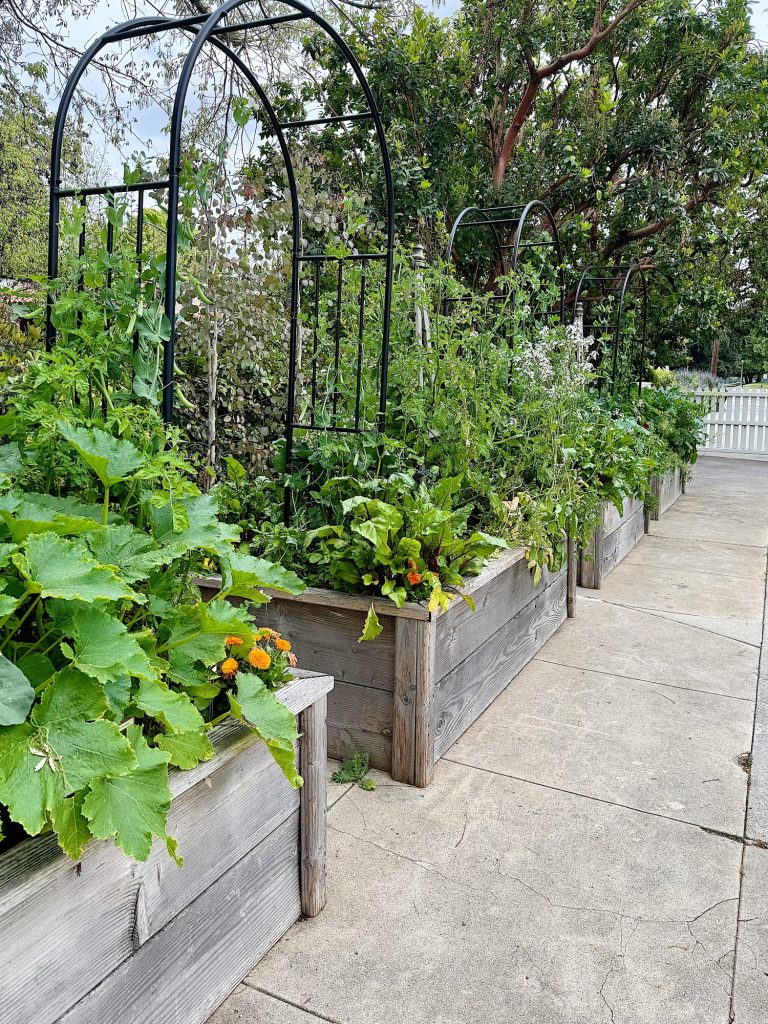


My Kitchen Garden
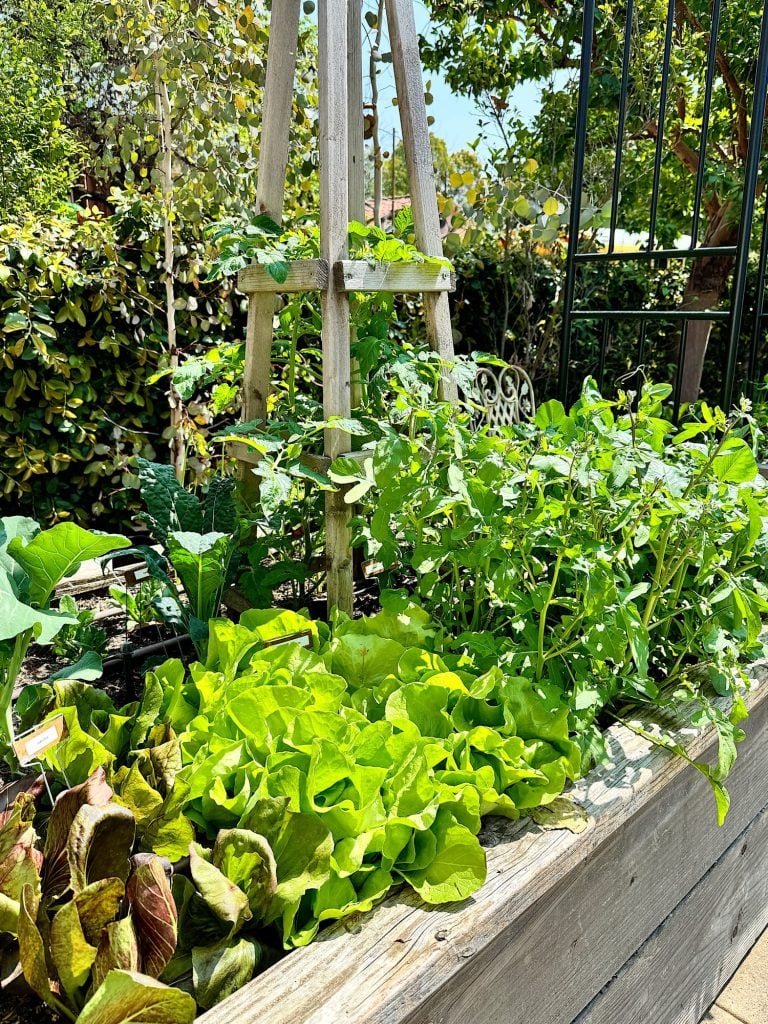
My journey into kitchen gardening has been filled with valuable lessons and discoveries.
From planting only what we love to focus on soil health and daily maintenance, each aspect of gardening has contributed to the success of my garden.
By embracing these seven principles, I’ve cultivated a thriving kitchen garden and gained a deeper appreciation for the joys of growing and harvesting my own food.
How I Created My Kitchen Garden
I planted my garden two months ago, and watching the progress has been exciting.
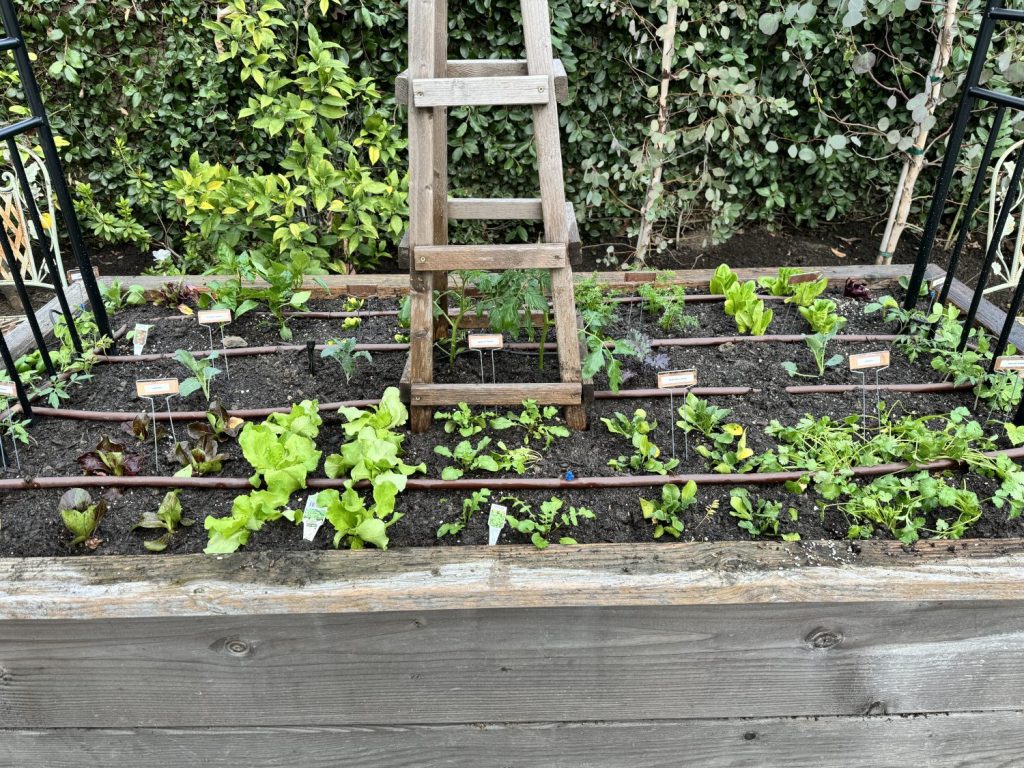
Can you believe the difference in just eight weeks?
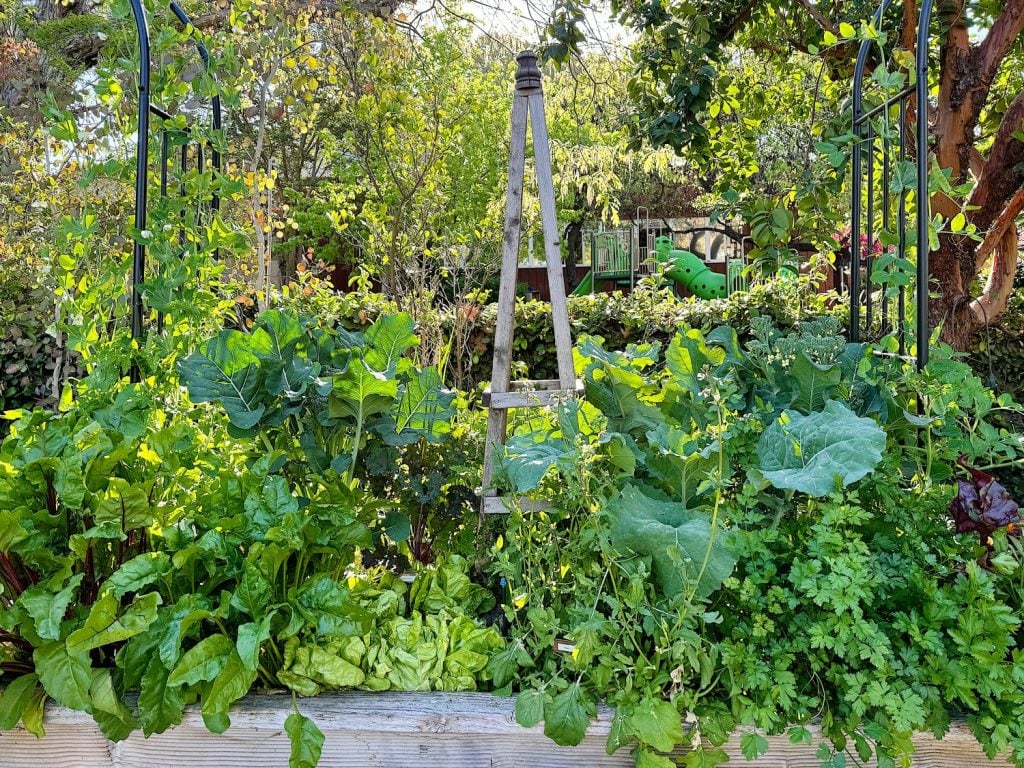
Here are my blog posts that explain exactly how I created my garden.
Seven Lessons I Learned from My Kitchen Garden
#1 – Plant Only What You Love
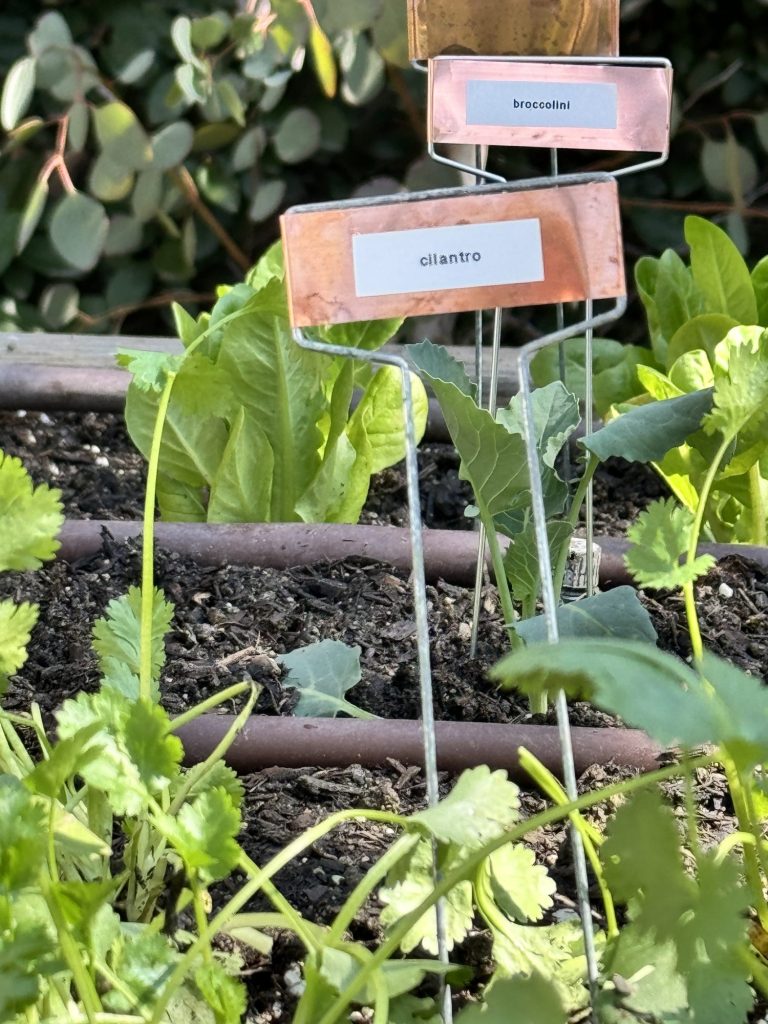
In the excitement of starting a garden, it can be tempting to plant a wide variety of vegetables and herbs. However, I quickly realized that focusing on plants we enjoy eating is key to a successful and rewarding garden. By planting only what we love, we can ensure that every harvest brings joy and satisfaction to our meals.
Here is what I planted:
- Basil
- Sage
- Oregano
- Chives
- Carrots
- Kale
- Cauliflower
- Cilantro
- Rosemary
- Parsley
- Green onions
- Strawberries
- Zucchini
- Cucumbers
- Cherry Tomatoes
- Roma Tomatoes
- San Marzano Tomatoes
- Heirloom Tomatoes
- Celery
- Watermelon Radishes
- Arugula
- Spinach
- Red lettuce
- Green lettuce
- Peppers – red, orange
- Jalapeños
- Green onions
- Zucchini
- Heirloom Beets
- Ruby Red Beets
- Golden Beets
- Chinese Snow Peas
- Sugar Snap peas
- Broccolini
I planted over 20 tomato plants, my favorite vegetable, 14 zucchini plants, a lot of lettuce (and arugula), and beets.
I planted many plants I had never grown, including kale, cauliflower, celery, watermelon radishes, spinach, Chinese snow peas, sugar snap peas, and broccolini.
But I love them, so why not?
I may sometimes use affiliate links on this blog, which means a small commission is earned if you purchase via the link. The price will be the same whether you use the affiliate link or go directly to the vendor’s website using a non-affiliate link.
#2 – It’s OK to Focus on Making It Look Good

When I first started my kitchen garden, I focused solely on functionality. My handyman and I built the four raised garden beds, which have become a special part of our backyard.
But, after adding trellises to support climbing plants like tomatoes and cucumbers, I was amazed at how much the overall aesthetic of the garden improved.

Suddenly, my four planter boxes transformed into a beautiful, inviting garden space that added charm and character to our backyard.
#3 – Creating a Harvesting Schedule is Just as Important as a Planting Schedule
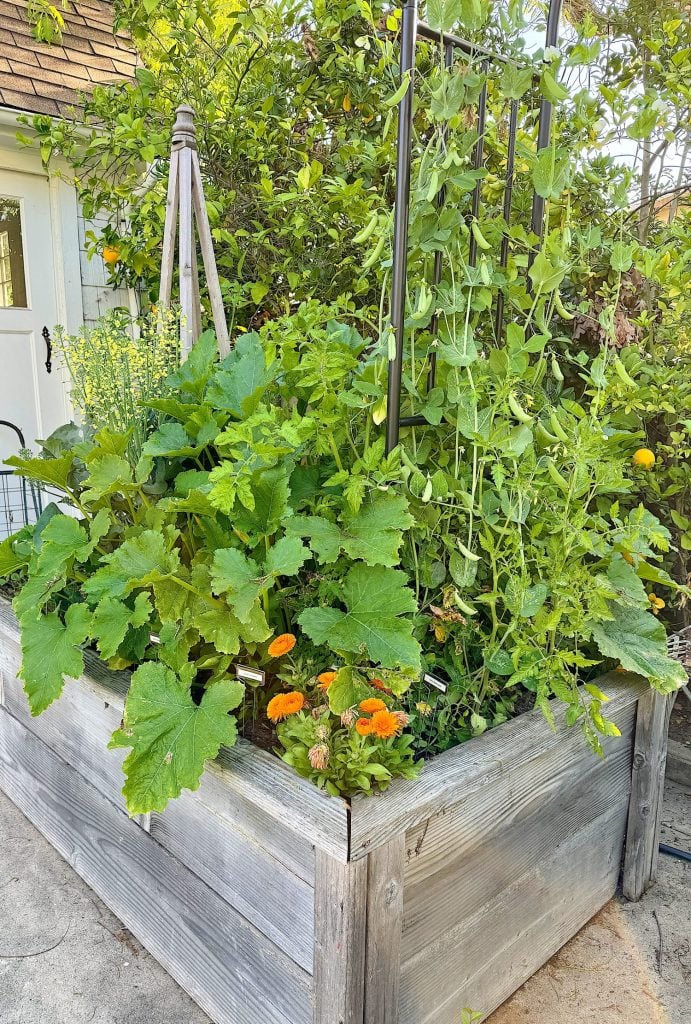
While planning and planting are crucial steps in gardening, I quickly learned that creating a harvesting schedule is equally important. By harvesting vegetables and herbs at their peak ripeness, we can enjoy the freshest flavors and maximize the yield of our garden. Plus, regular harvesting encourages continuous growth and ensures nothing goes to waste.
I will be honest as I am still struggling with this. I don’t have much gardening experience, so learning to determine if a plant is ready (without digging it up) is hard!
#4 – Planting Vegetables Close Together is a Good Thing
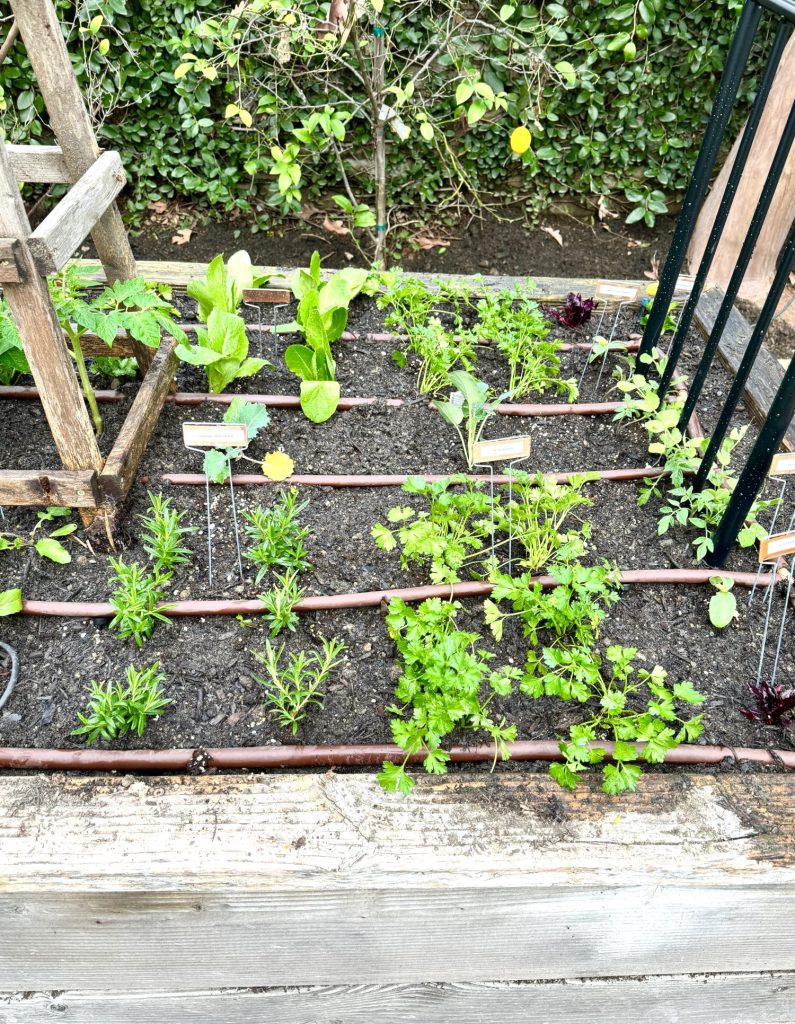
In the past, I hesitated to plant vegetables too close together, fearing overcrowding and resource competition. However, through my Gardenary class, I discovered the concept of intensive planting, where vegetables are planted closely together to maximize space and minimize weeds.
Can you believe the difference if you compare the photos above and below?
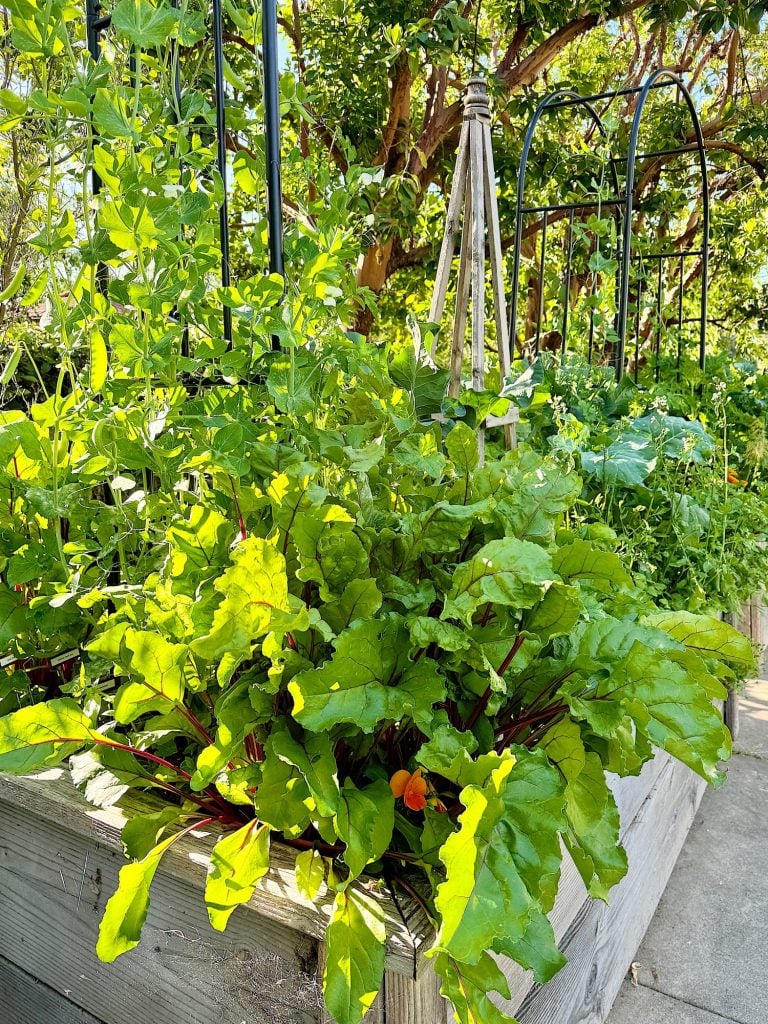
Not only does this method increase productivity, but it also creates a lush and abundant garden that is both efficient and aesthetically pleasing.
#5 – Find a Way to Grow Your Plants Up for More Space
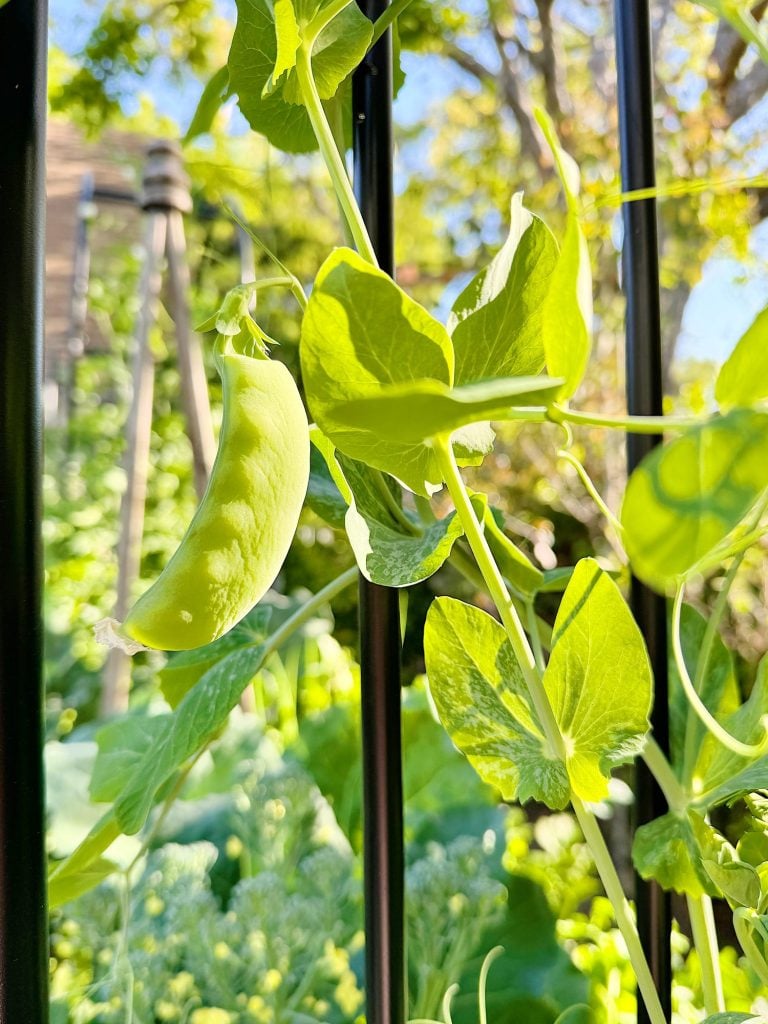
Space is often limited in a small kitchen garden, posing a challenge when growing vining vegetables like beans, peas, tomatoes, and squash.
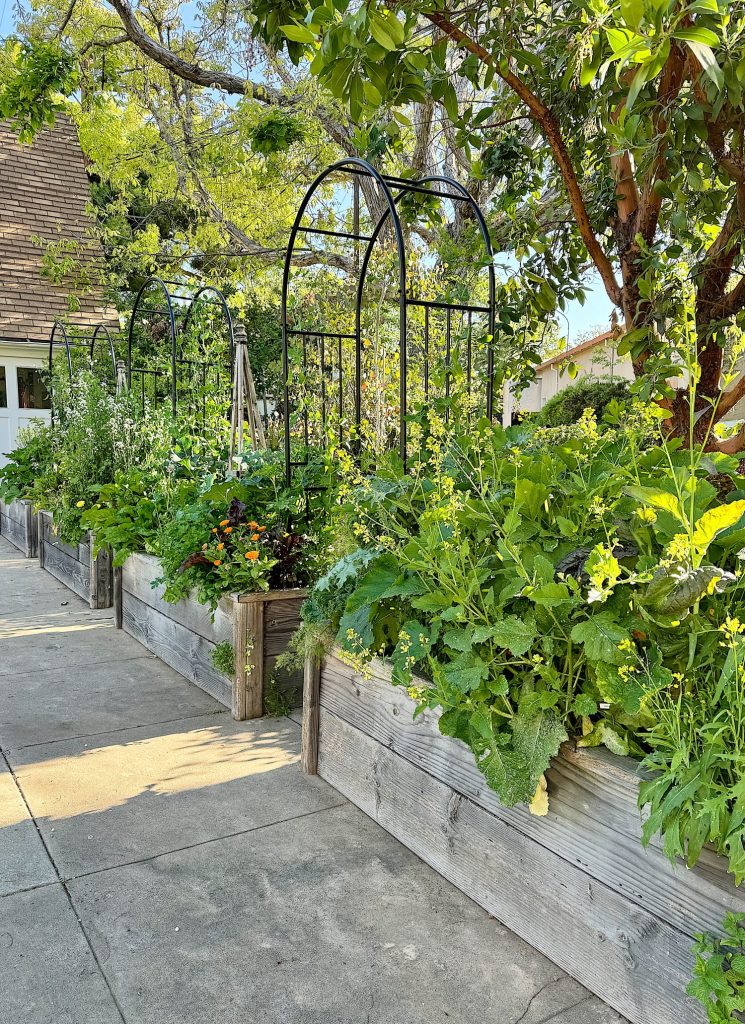
I learned I could grow my plants upward by utilizing tomato cages and arched trellises, freeing up valuable ground space and maximizing sunlight exposure. This method increased the productivity of my garden and created a visually striking vertical garden that added height and dimension to the space.
#6 – Spend 10 Minutes in the Garden Every Day
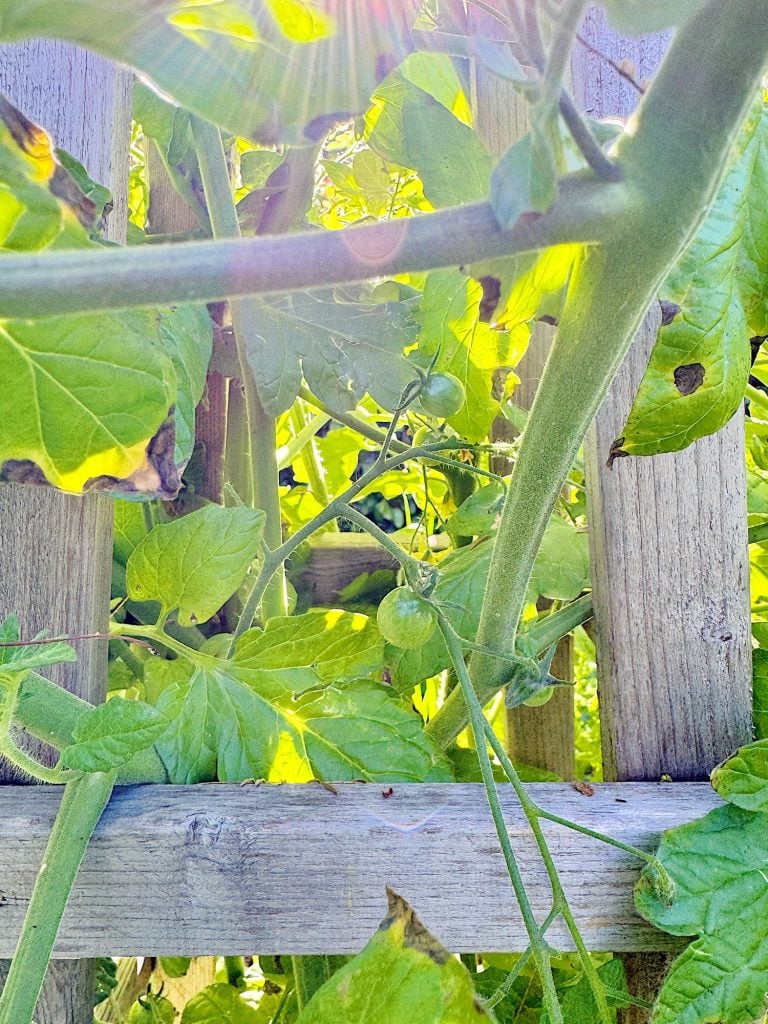
One of the most valuable lessons I learned from my Gardenary class is the importance of consistency and daily maintenance. By dedicating just 10 minutes each day to tending to my garden, I could stay on top of watering, weeding, and pest control tasks, ensuring that my plants remained healthy and thriving.
Plus, spending time in the garden each day allowed me to connect with nature, reduce stress, and appreciate the beauty of the growing process.
#7 – It’s All About the Soil
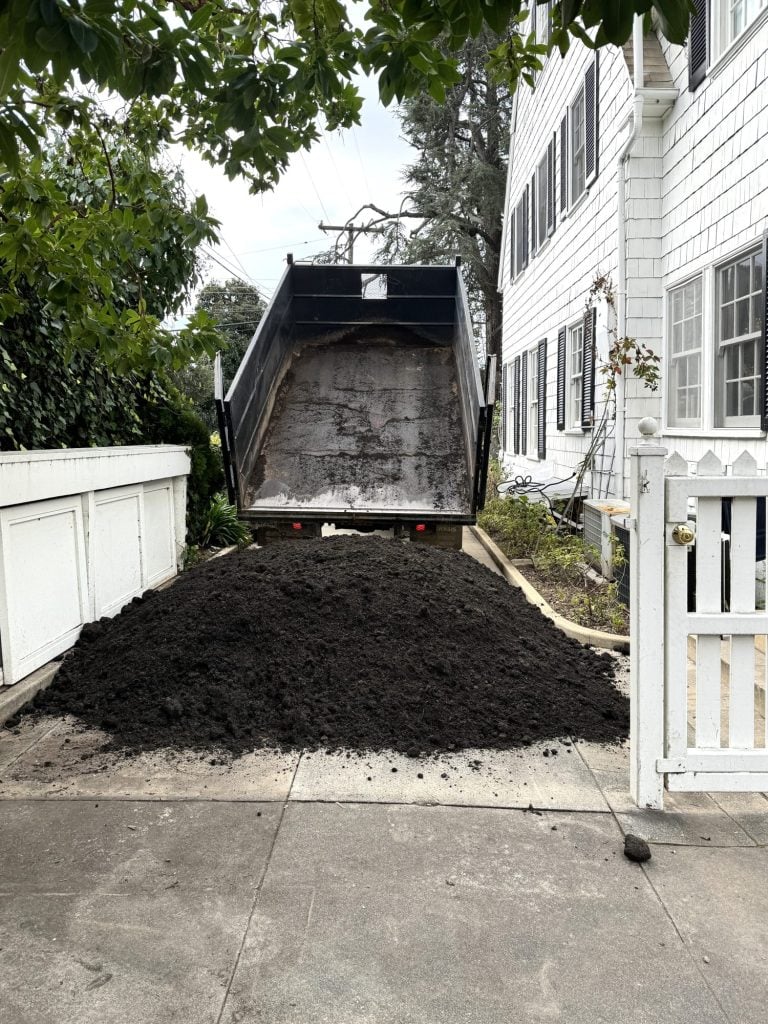
Last but certainly not least, I learned that the foundation of a successful garden lies in soil quality. Through my Gardenary class, I discovered the importance of using healthy, nutrient-rich soil that provides a supportive environment for plant growth.
By incorporating organic matter, compost, and other soil amendments, I created a fertile soil ecosystem that nourishes my plants and promotes strong root development.

Good soil is essential for garden success. It’s one of the most important things you can do in your garden.
One Last Thought
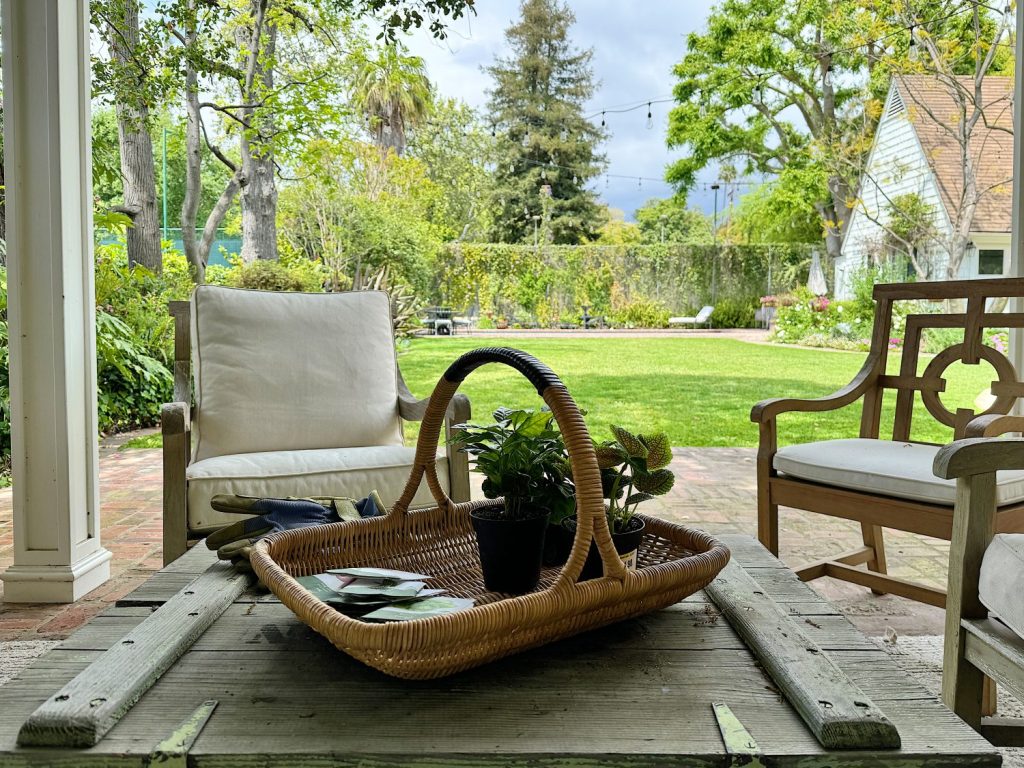
It’s important to make your gardening project easier by having the right tools.
I use a few things all the time to manage my kitchen garden. A good hose with a pivoting or extension wand helps with hand watering. The right toolset, with a small trowel and clippers, is essential. And a gathering basket makes your harvesting so much easier!
Blogger’s Best Spring Garden Ideas
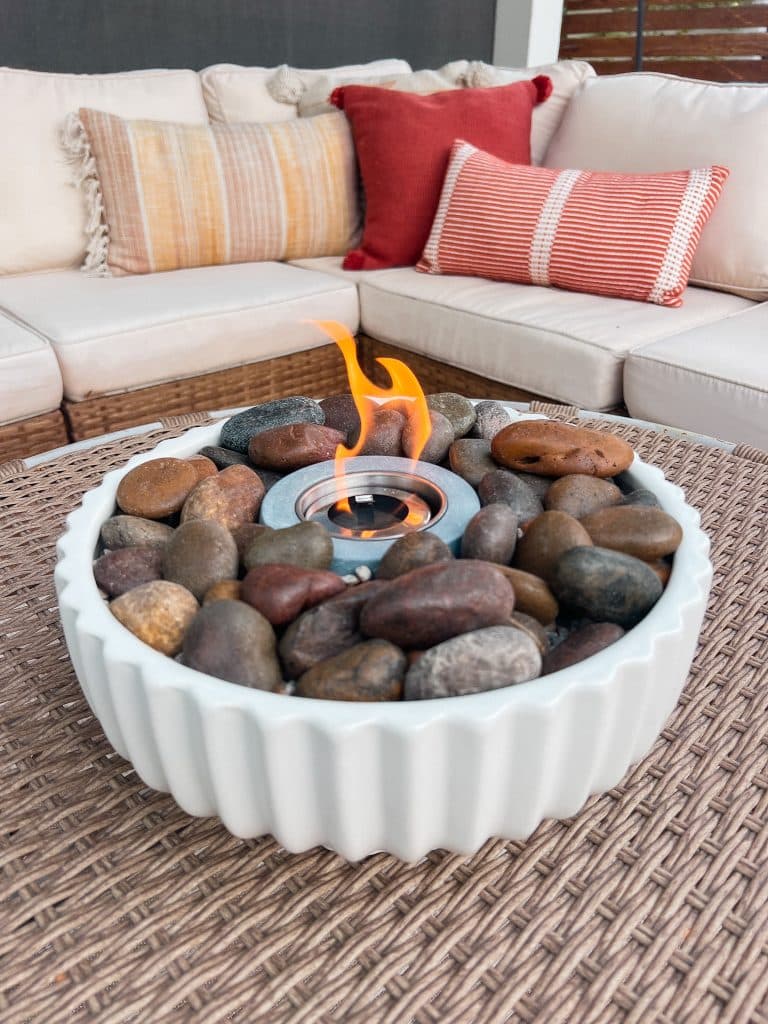
How to Make a Tabletop Fire Bowl | Tater Tots and Jello
Add coziness to your outdoor space this summer with a DIY tabletop fire bowl you can make in minutes.
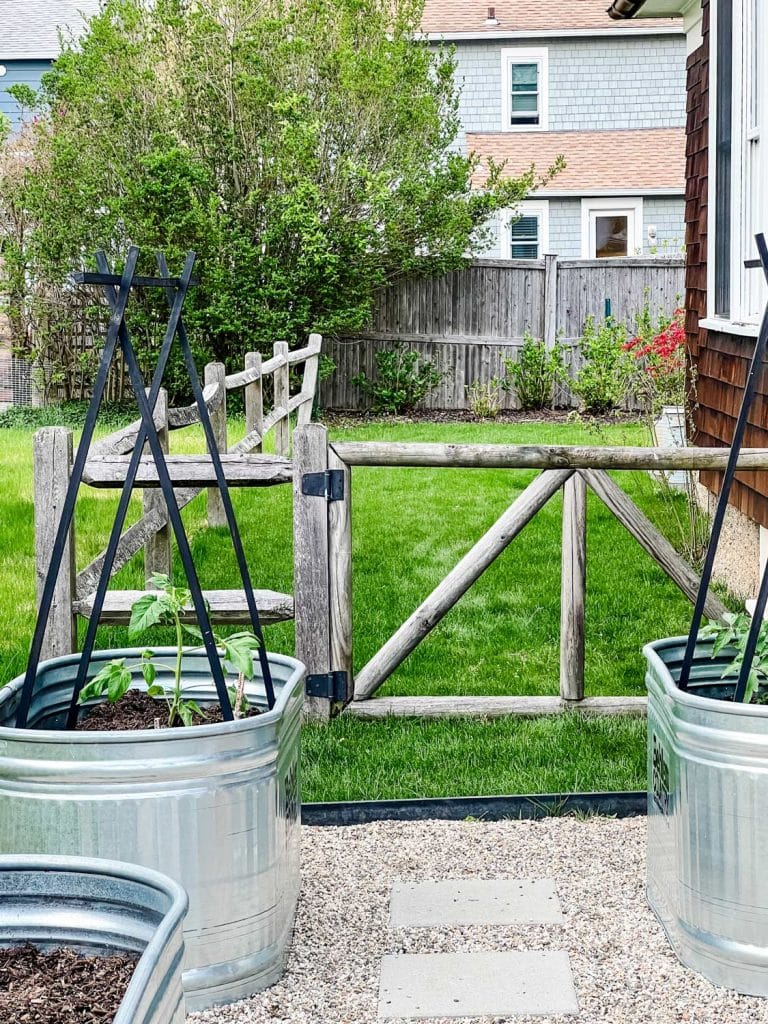
Make Easy, Sturdy & Inexpensive DIY Tomato Cages | Most Lovely Things
We made simple tomato cages for our stock tank garden.
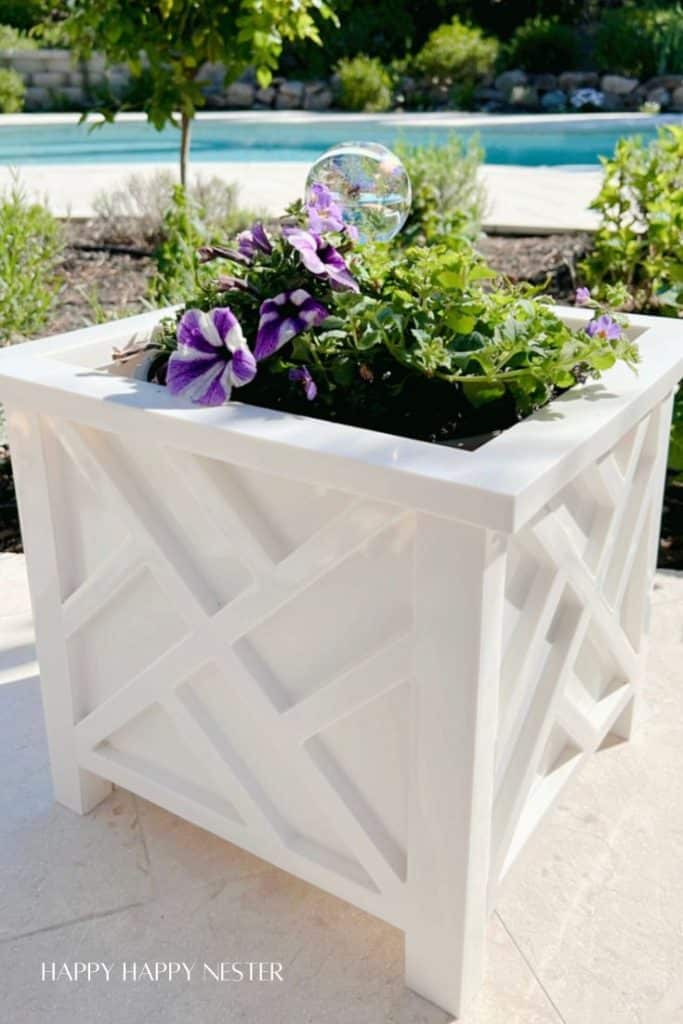
Watering Potted Plants While Away | Happy Happy Nester
Watering Potted Plants While Away can be a bit challenging. I came across these fantastic glass bulbs that you fill with water, and they gradually water your plants. It’s a simple self-watering system that simplifies plant care and removes the guesswork from the process.
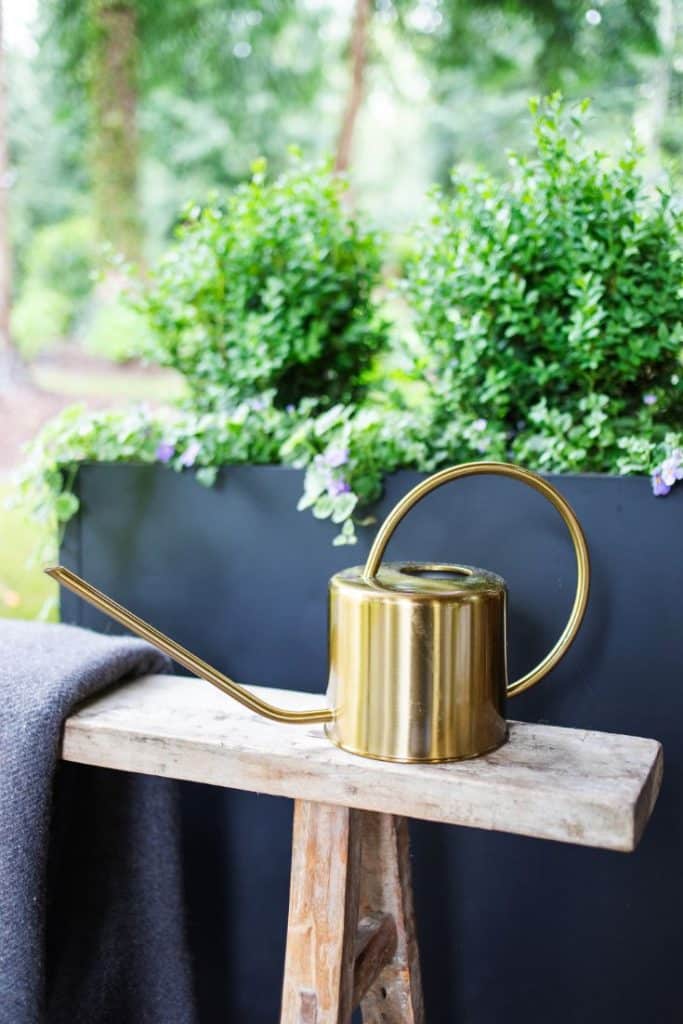
DIY File Cabinet Planters | My Sweet Savannah
Turn thrifted file cabinets into high end looking metal planters with a bit of elbow grease and some spray paint! You will save hundreds on this easy project!
Must Haves for Mothers Who Love to Garden!

If you enjoy my blog, you can sign up to receive my updates here.
.Pin the images below to your boards on Pinterest (click the Pin button in the top left corner). You can also follow along with me on Pinterest!
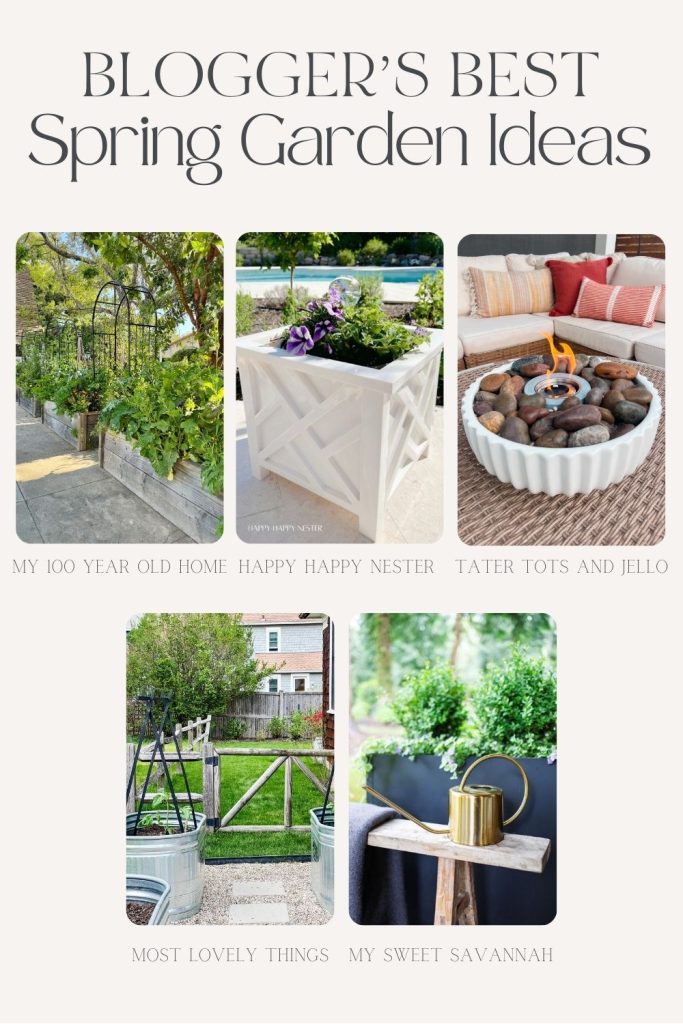
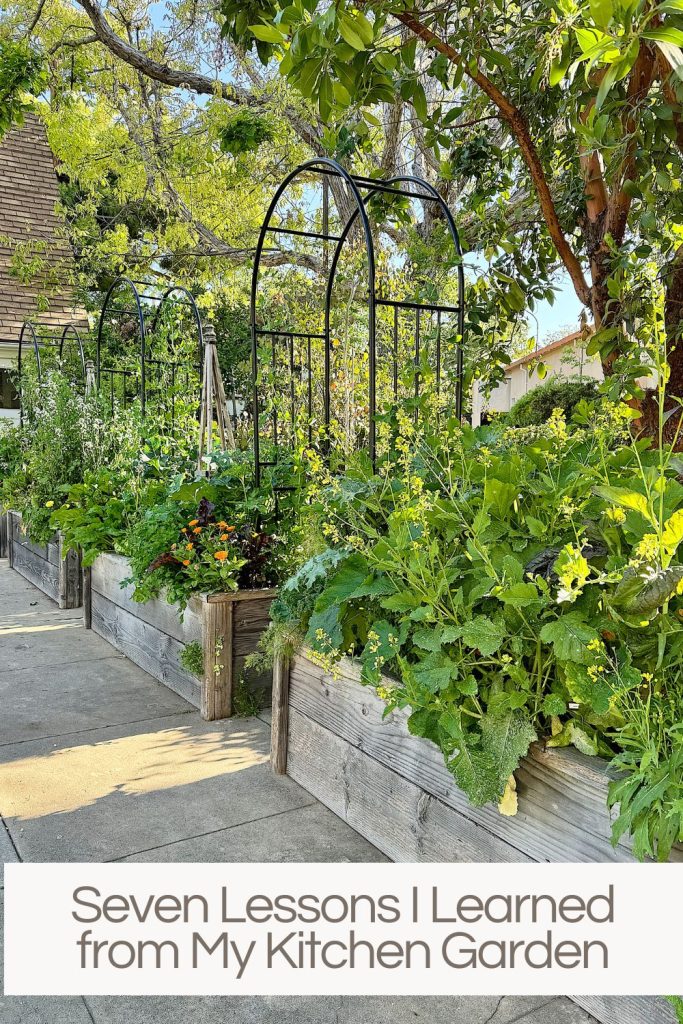
For more real-time updates, follow me on Instagram @My100YearOldHome

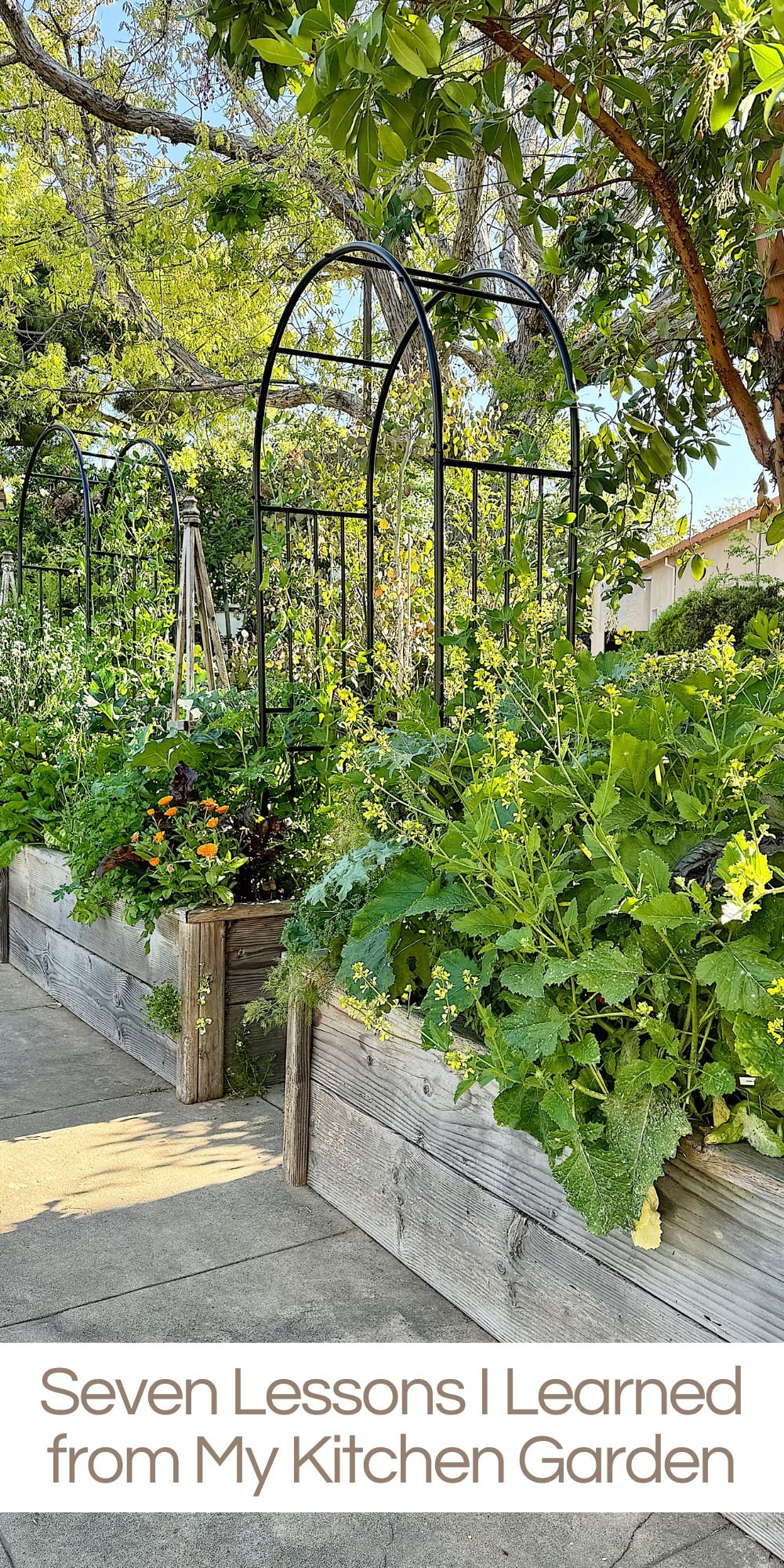
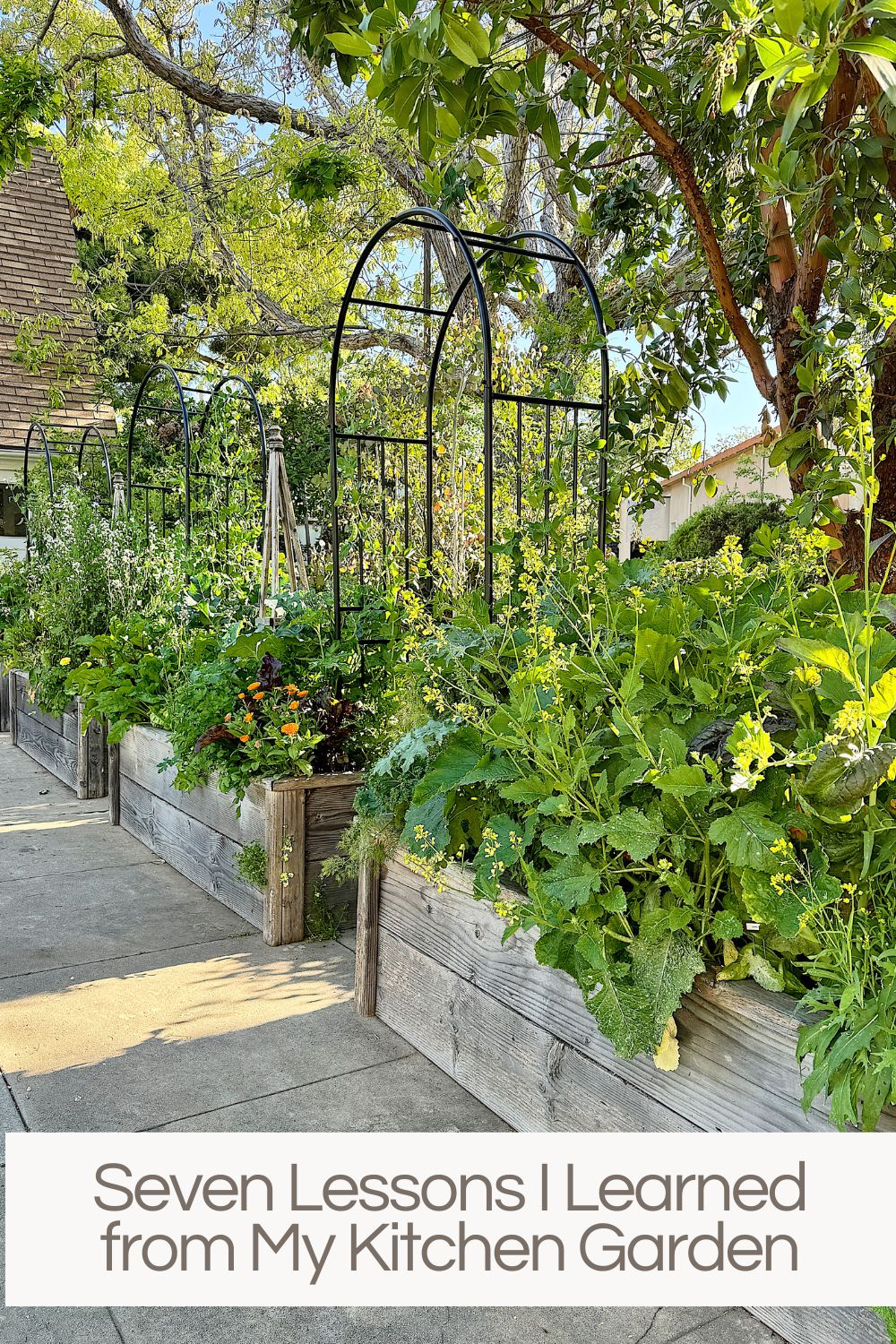
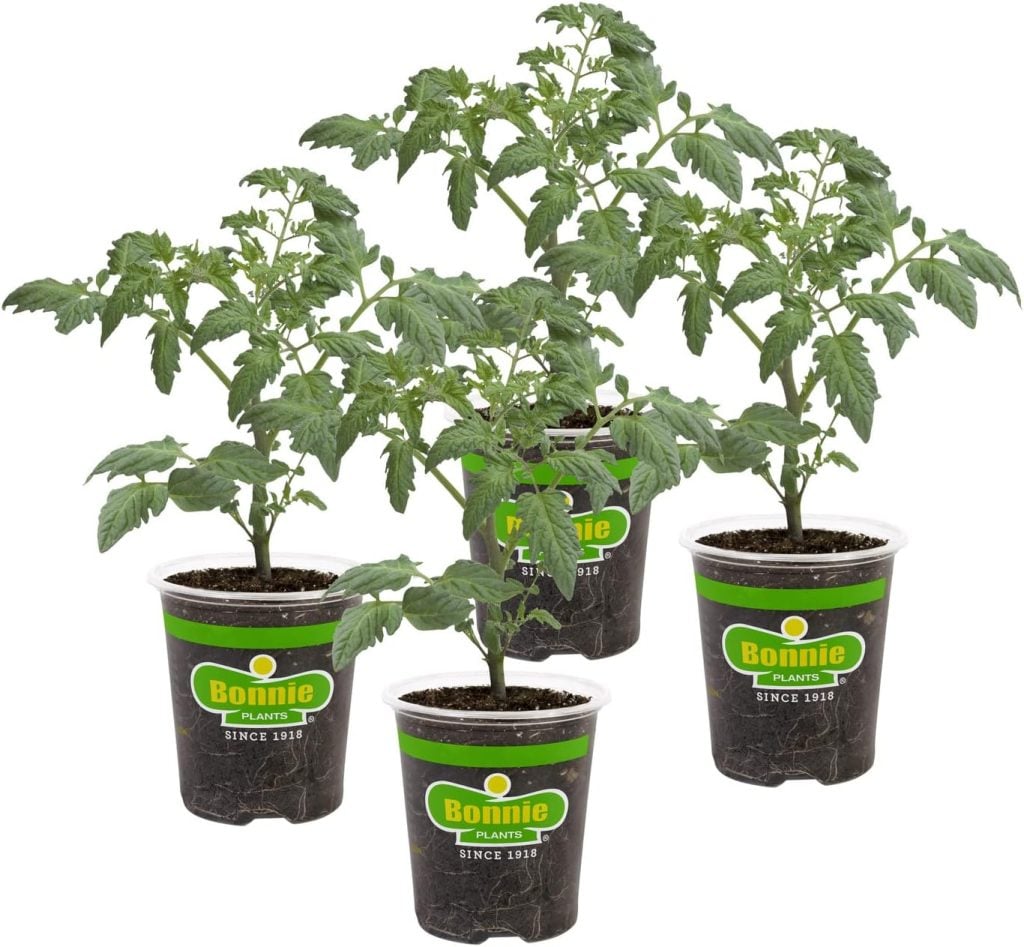
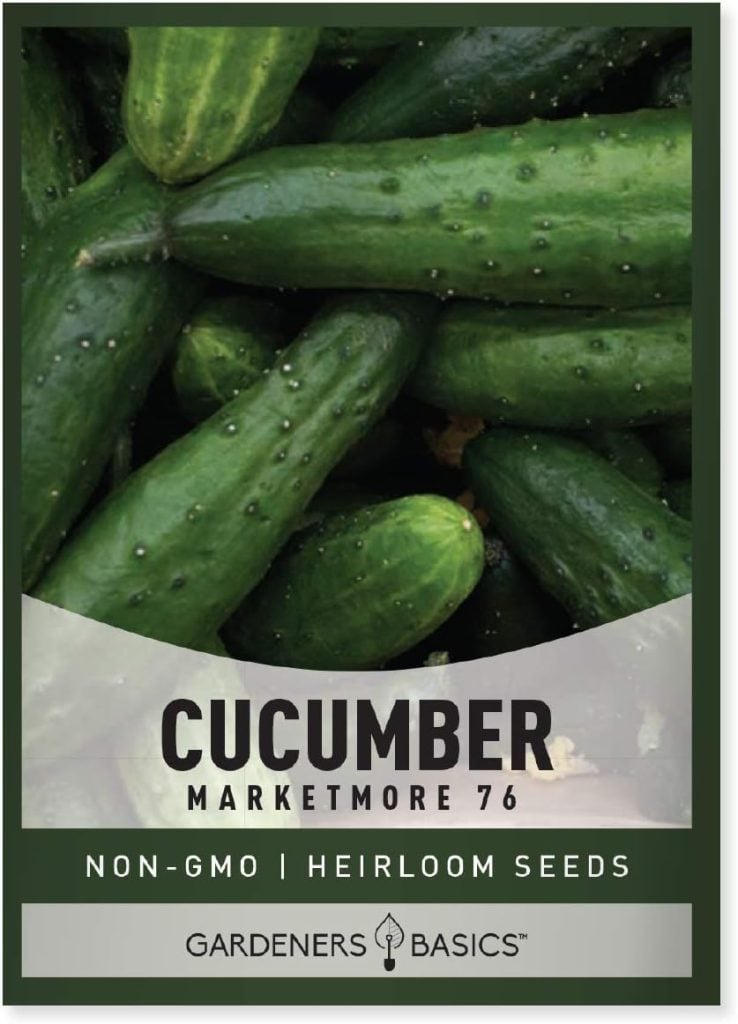
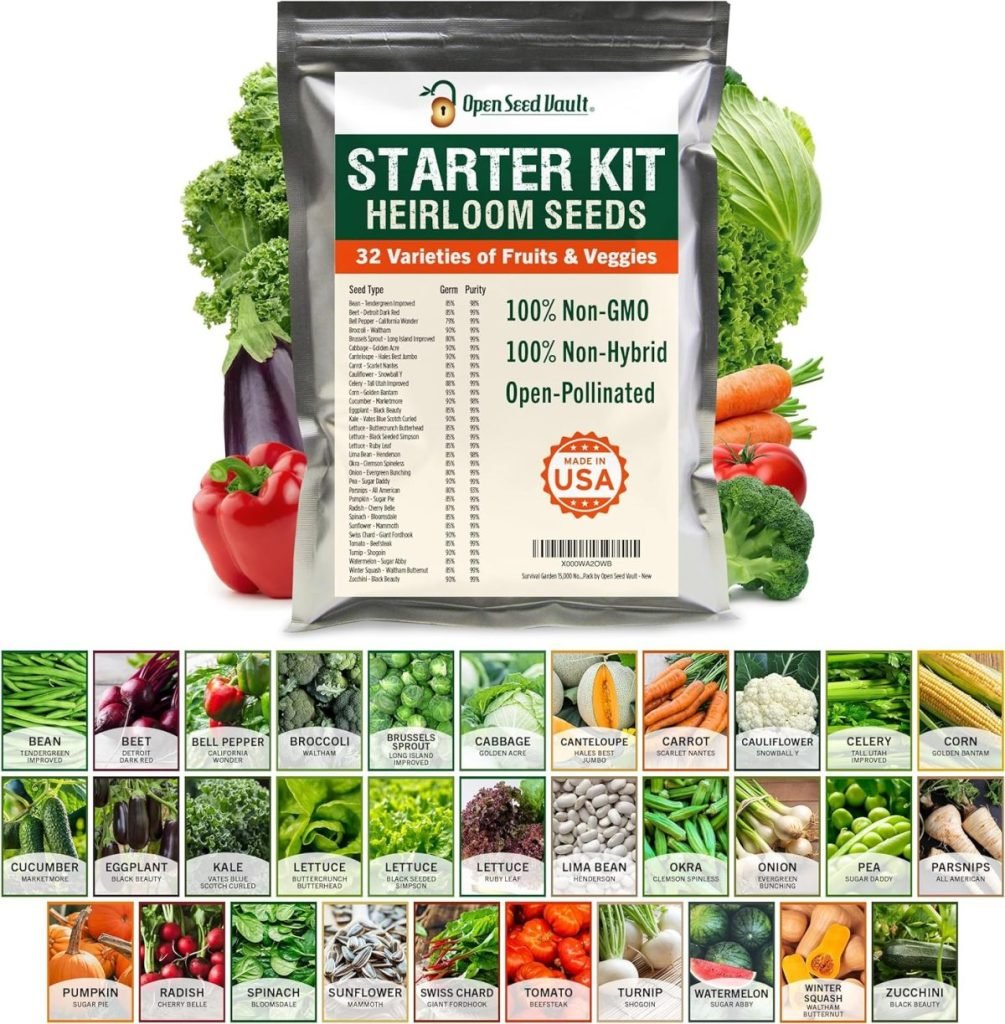

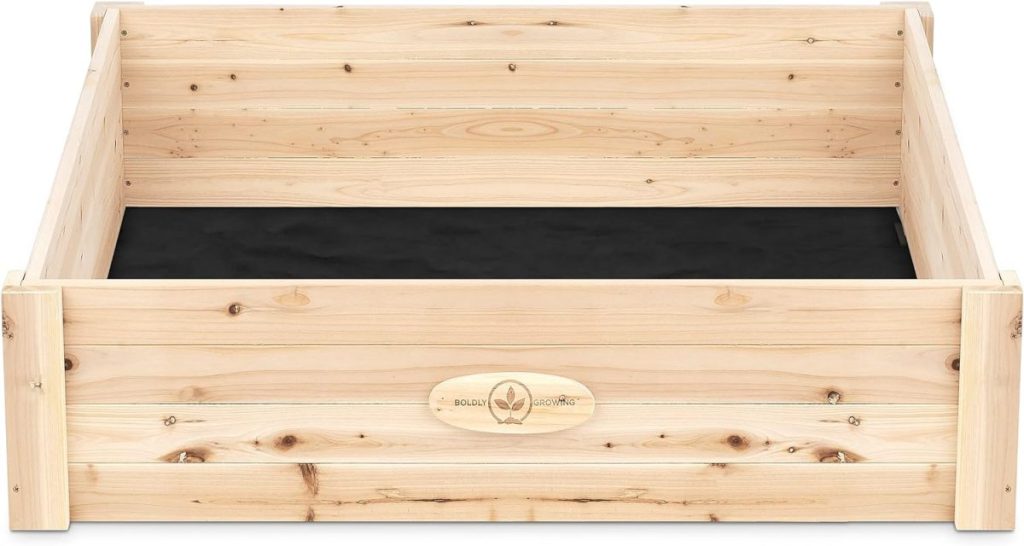

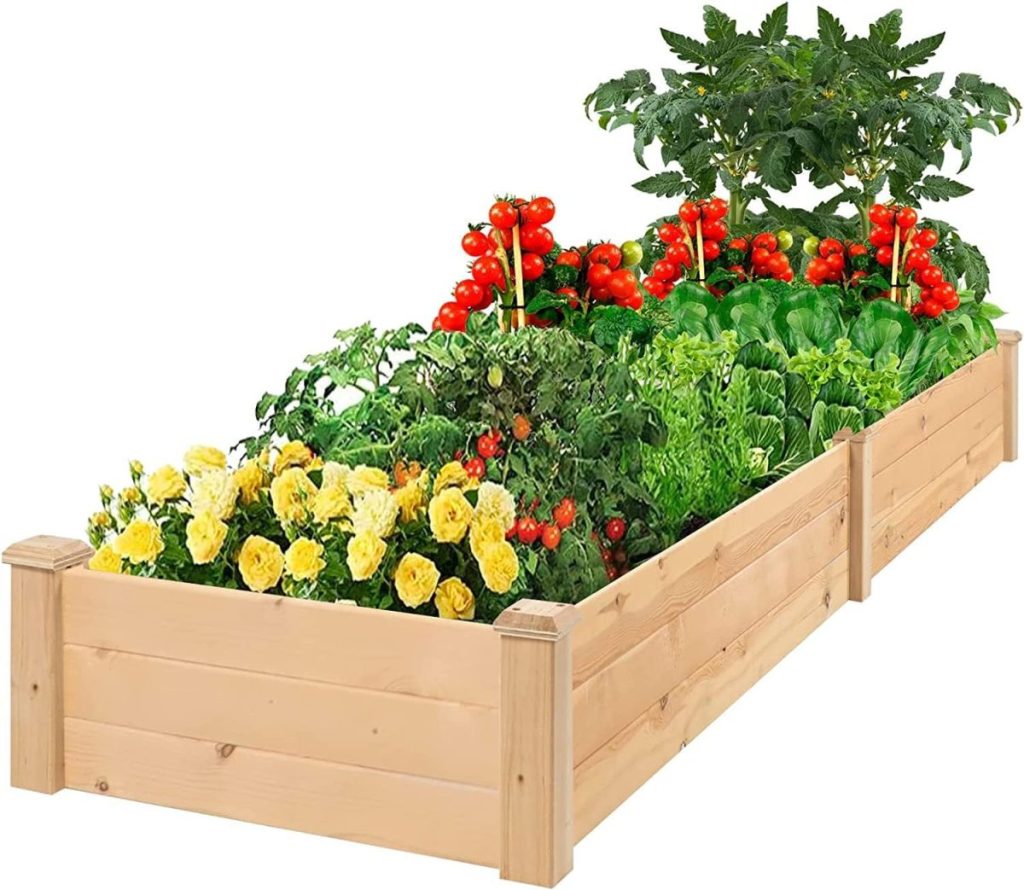
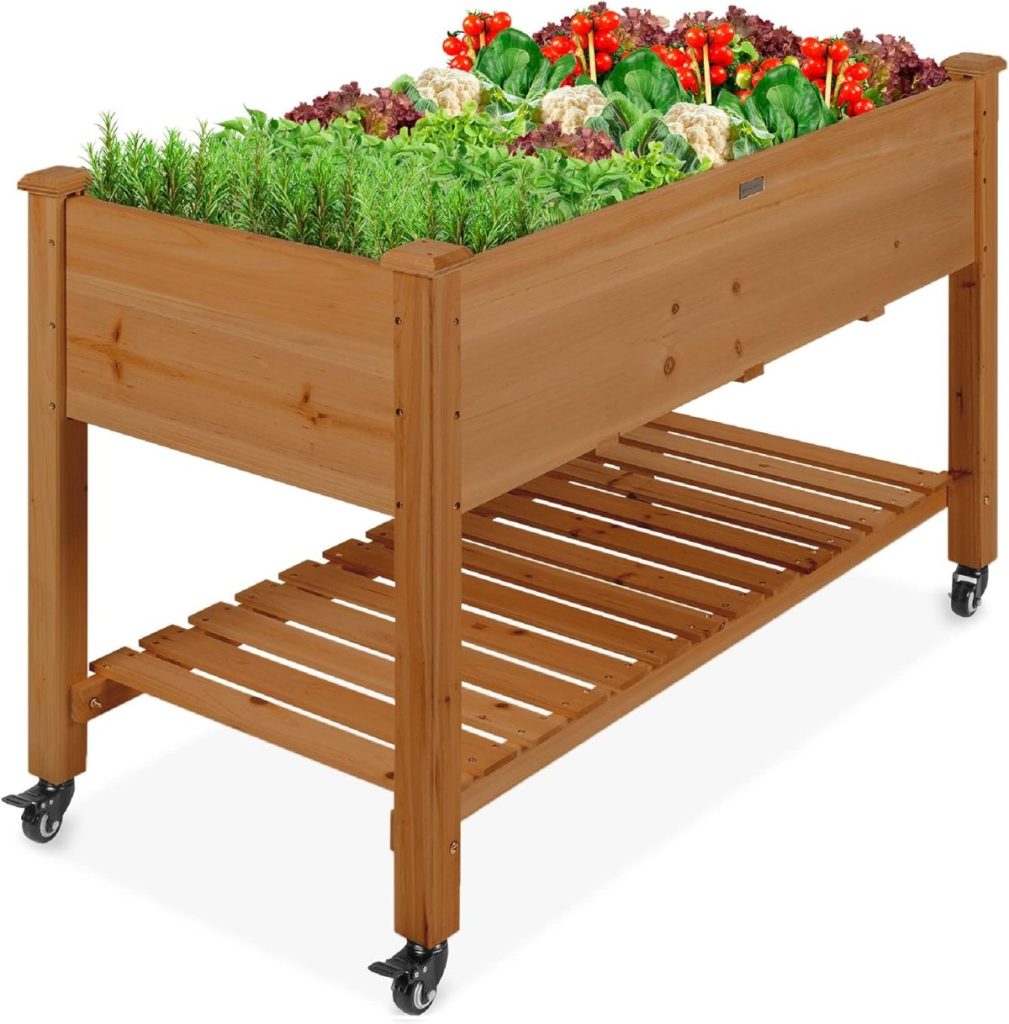

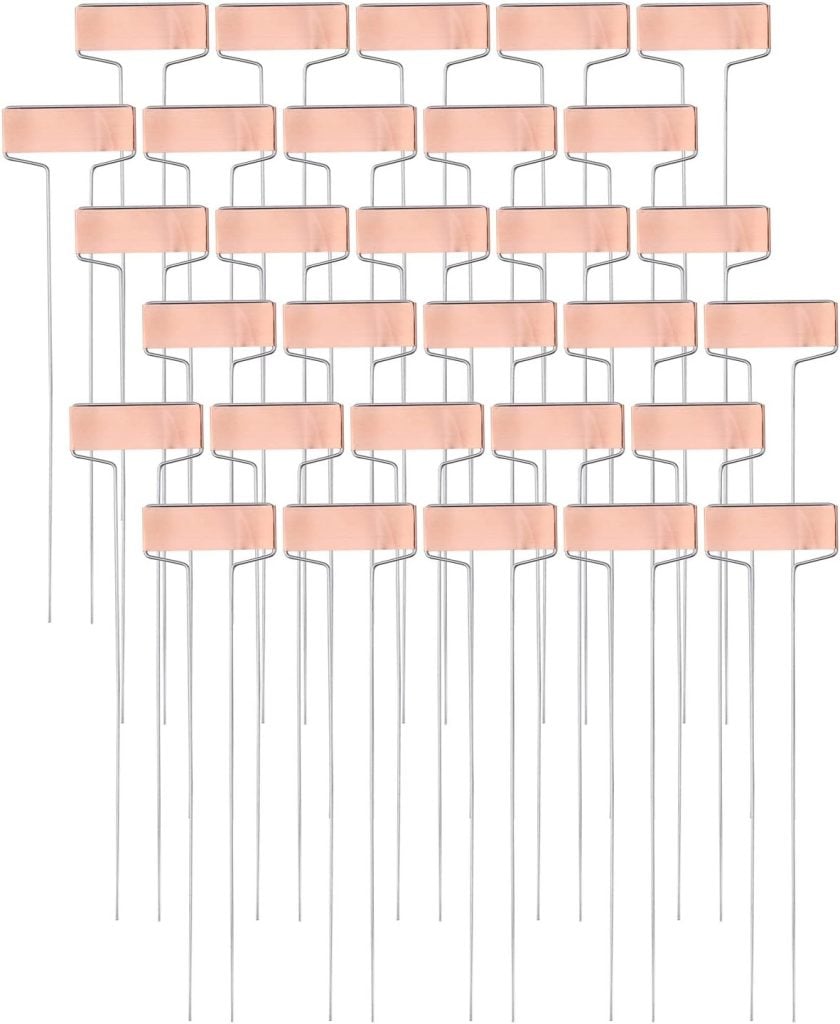


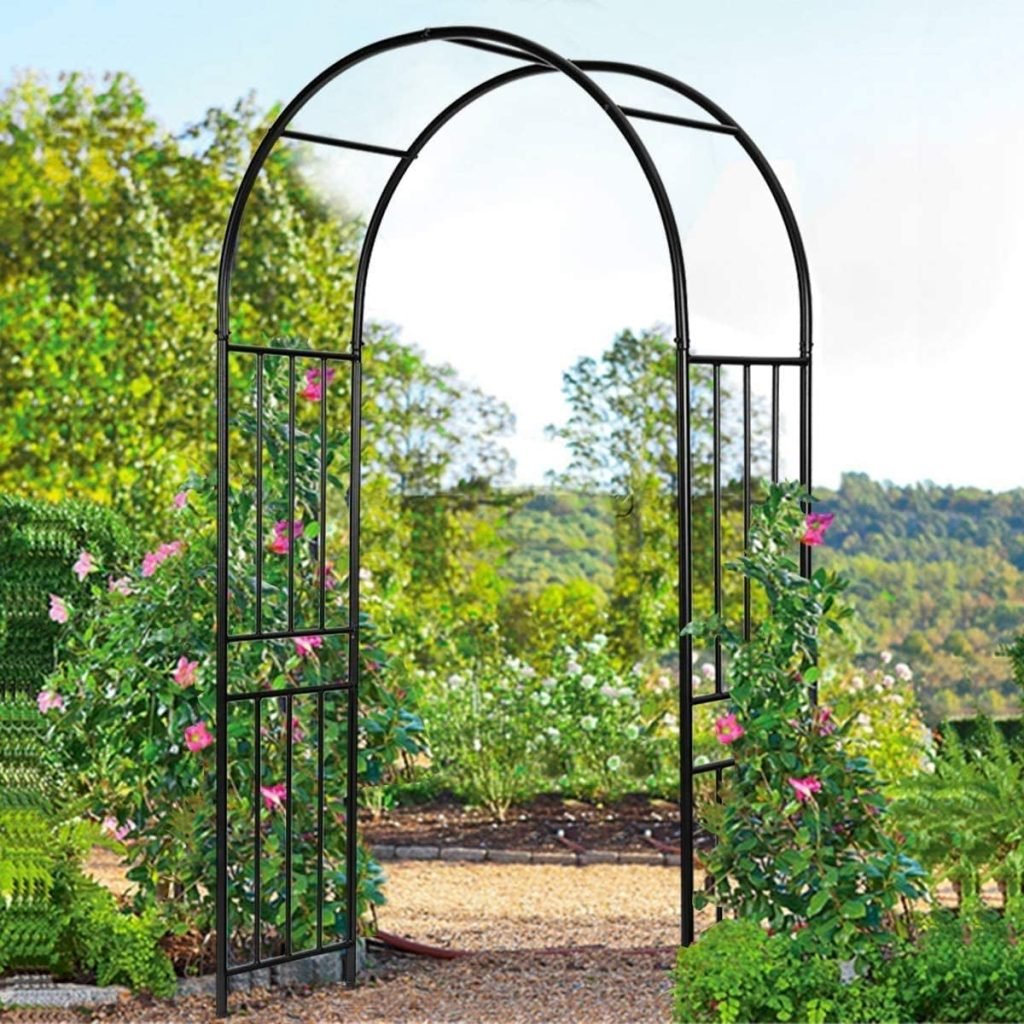

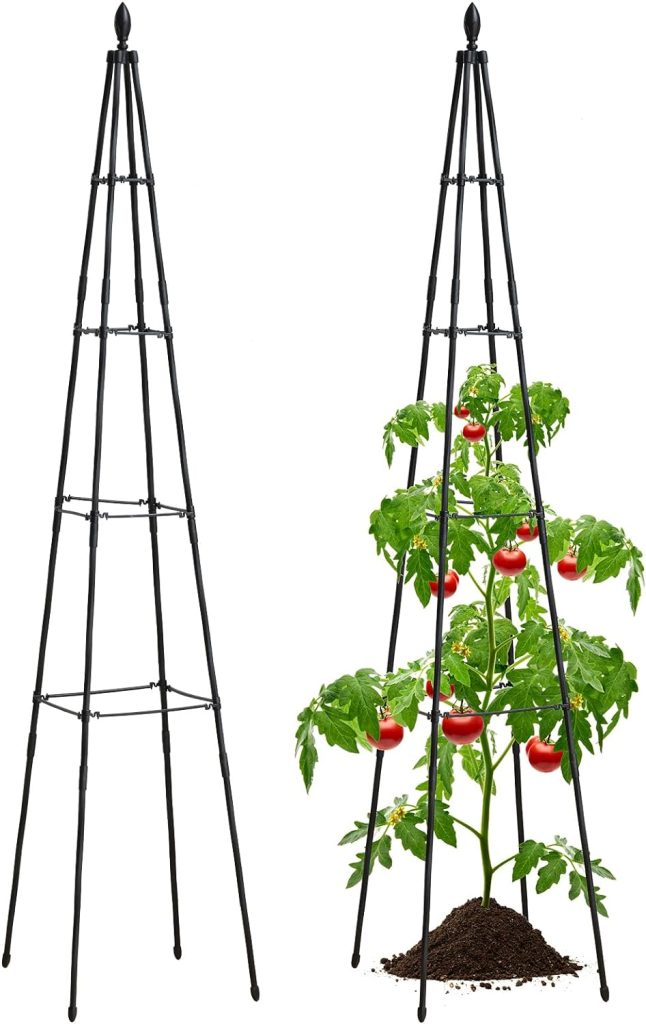
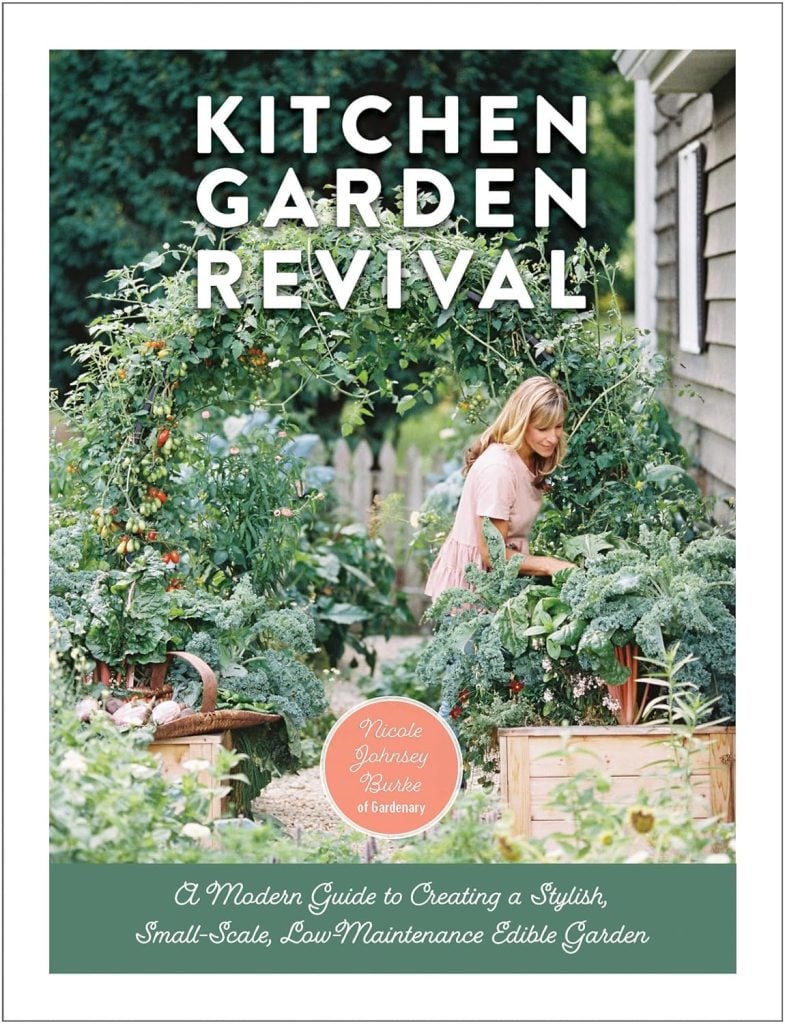
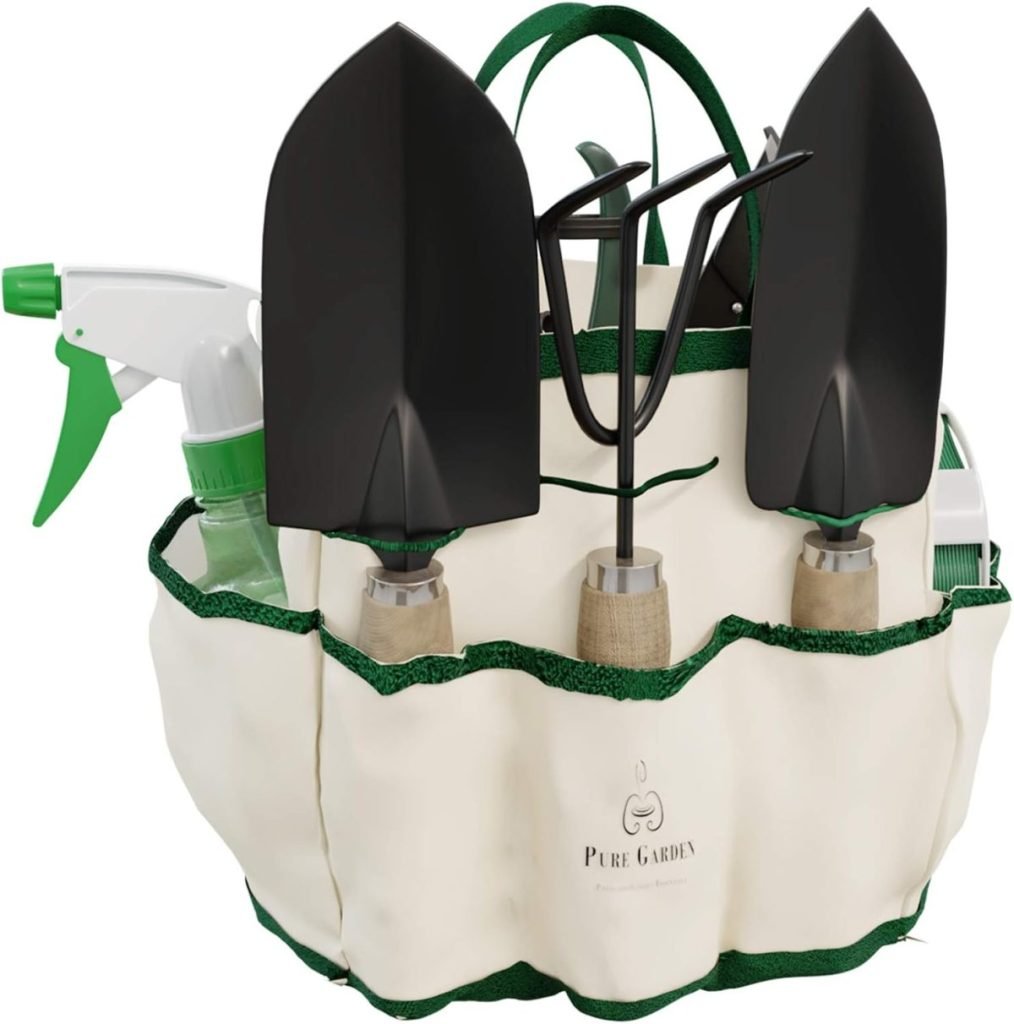
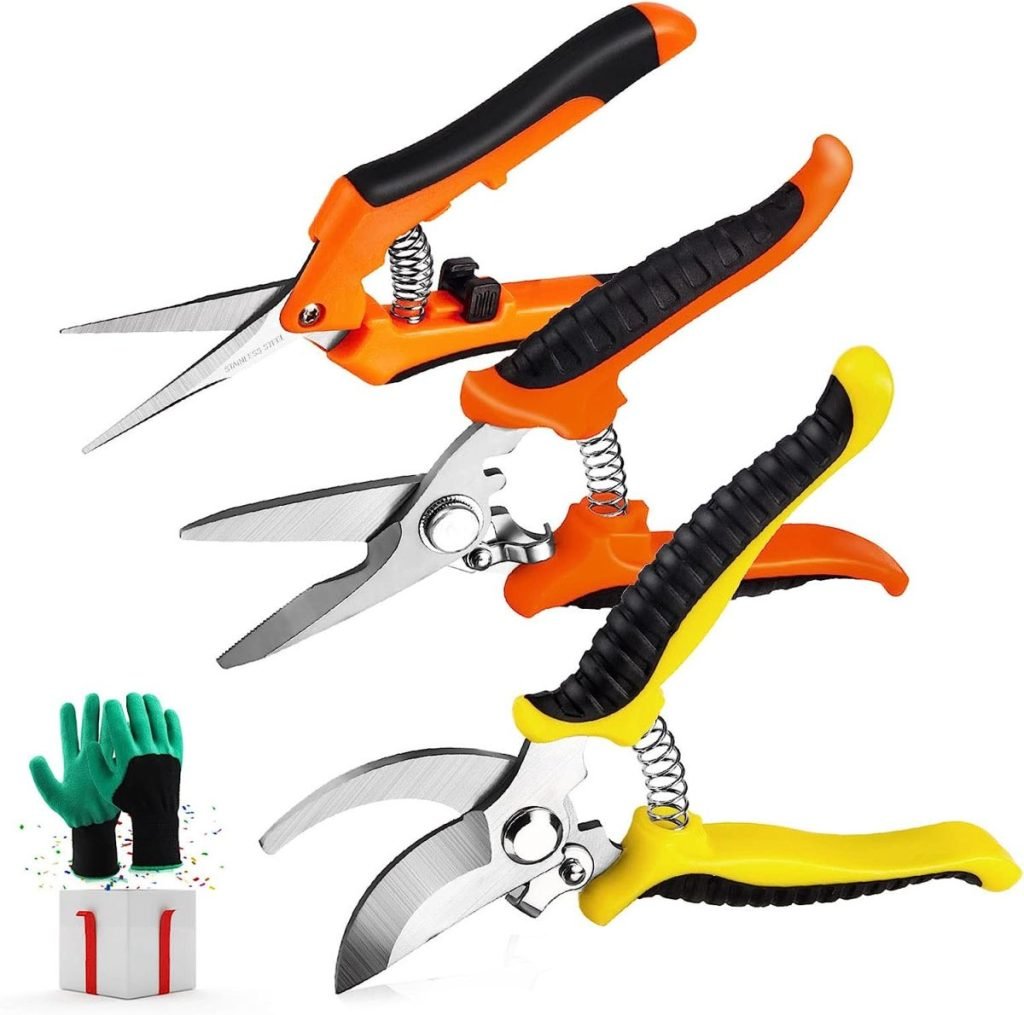
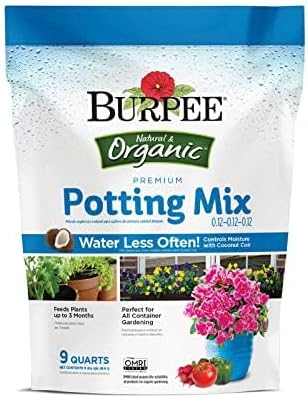
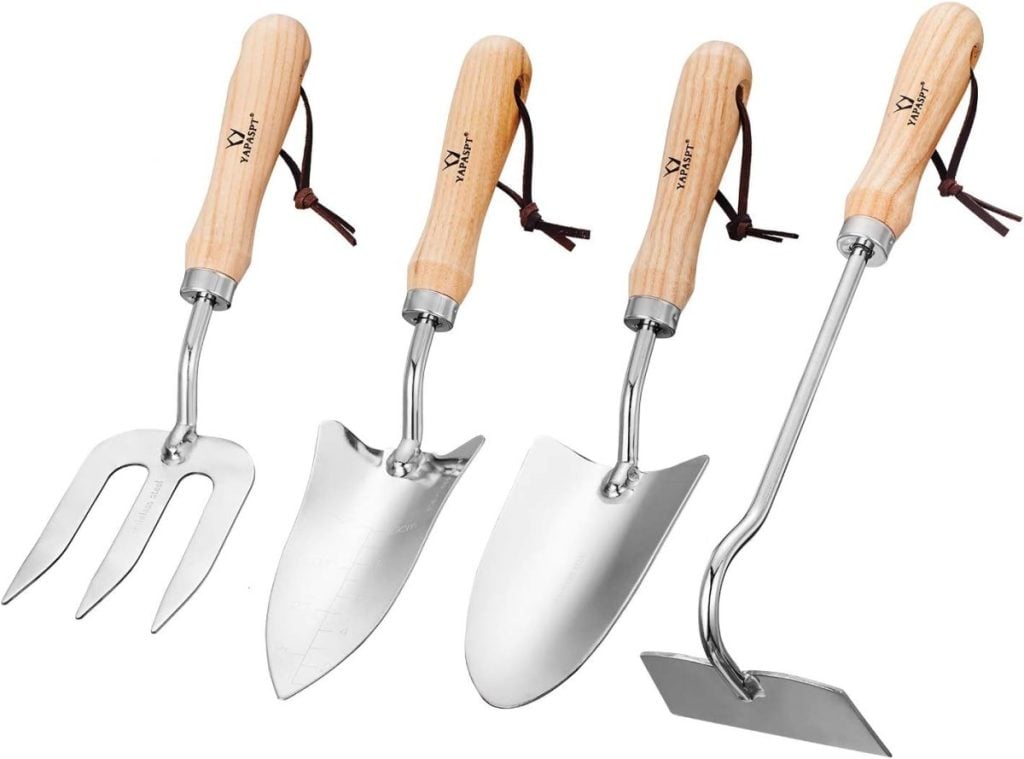






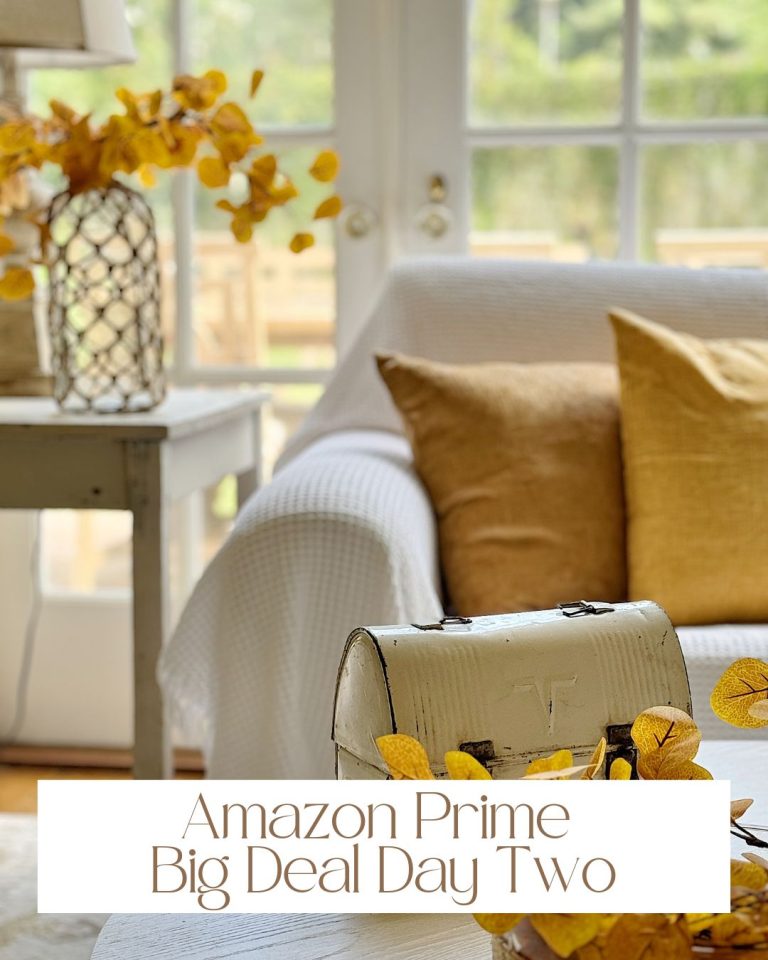
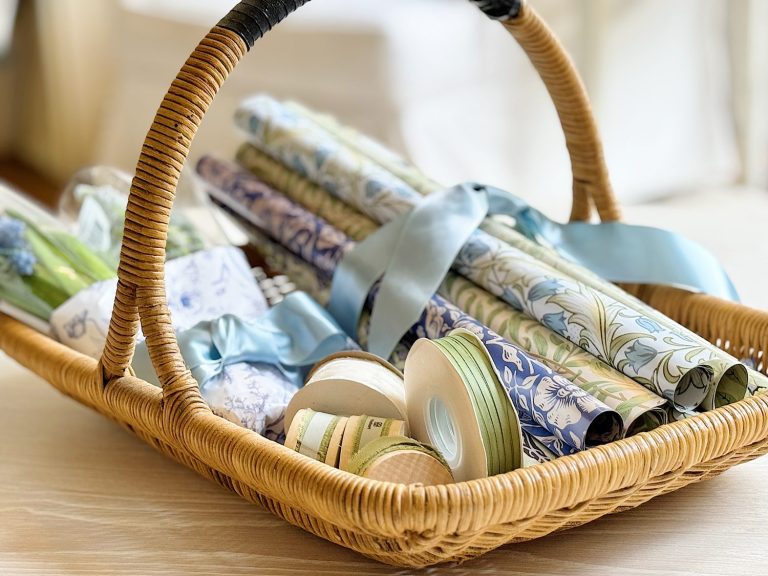

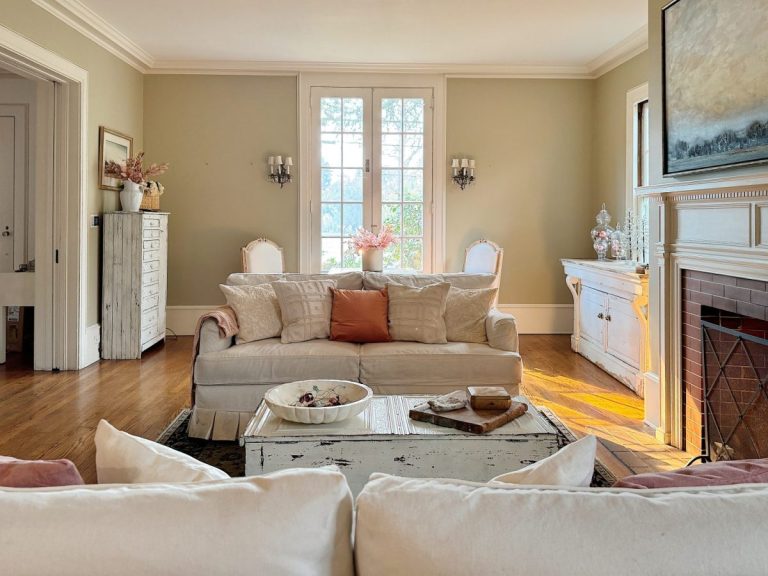
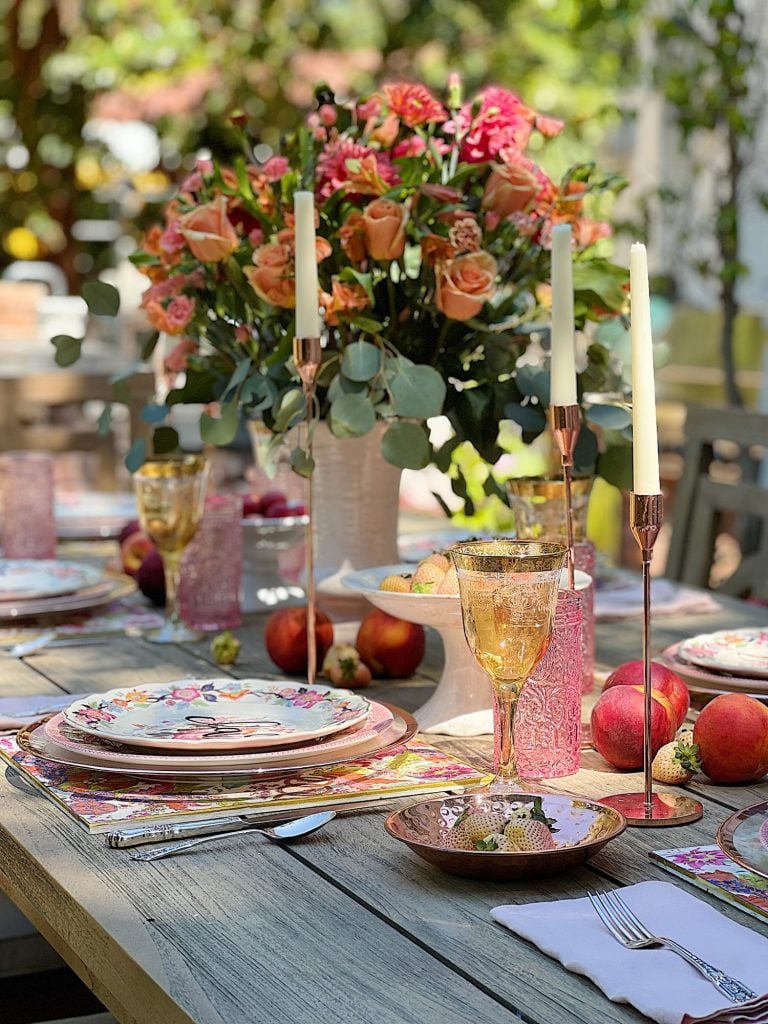






I love your kitchen garden! The weathered planters are my favorite!
Aw thank you so much! ☺️
Hi Leslie,
As I commented on IG, thank you for your posts, very helpful. I have Nicole’s book, Leaves, Roots & Fruit, and have learned a lot. Did you augment your soil or did you decide to start fresh with her 103 soil blend?
I have always dreamed of having a kitchen garden, but I never had a yard. My husband and I just bought a cute little home with a yard that’s perfect for my garden dreams. Only thing is the previous owners were elderly and didn’t keep up with their lawn. So we are having a dumpster rental come this weekend to clear everything out. But then I can start on my gardening adventure! Thanks for sharing all your tips! As a newbie they are very helpful!
That is so exciting! Let me know how it goes ☺️